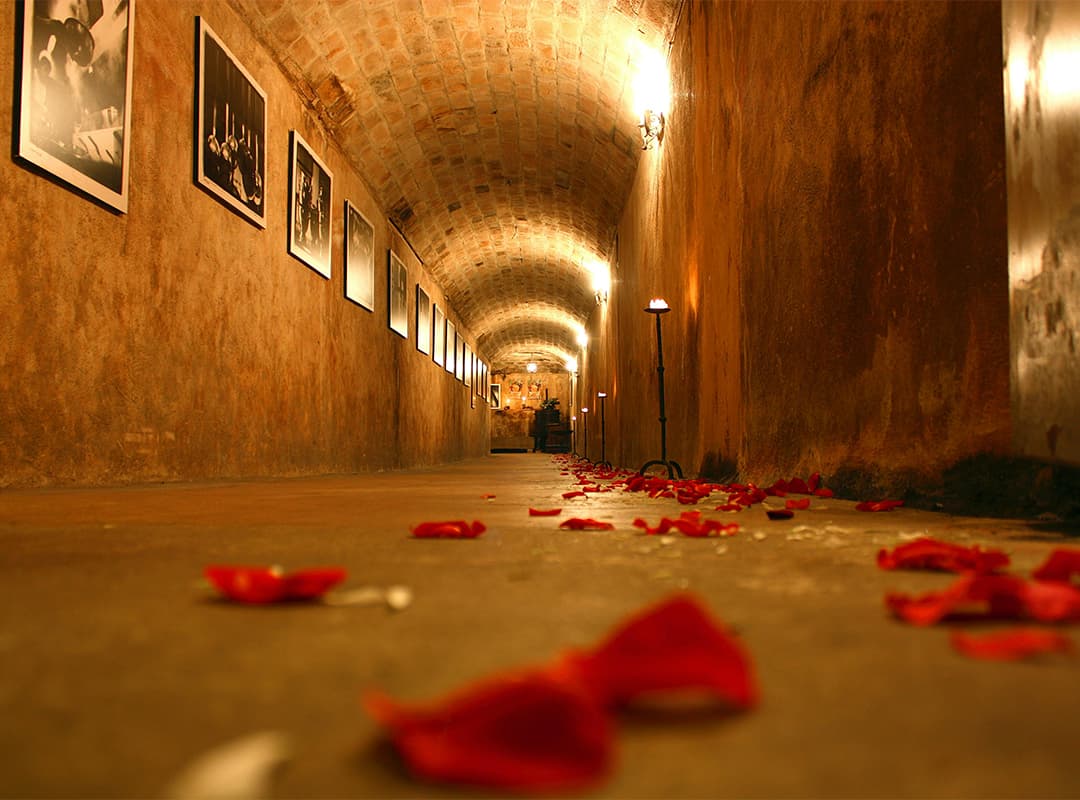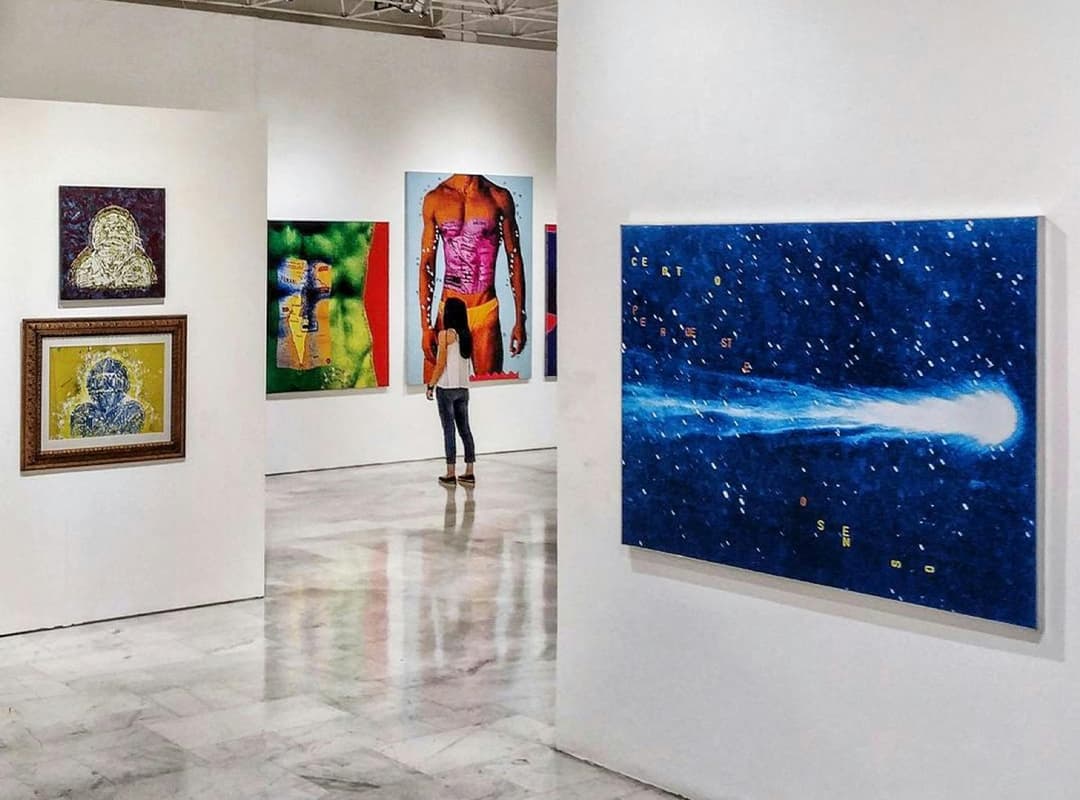Exhibition installations play a crucial role in shaping the viewer’s experience and understanding of art. They are more than mere backdrops for artworks; they are integral components that can enhance, challenge, or transform the way we perceive art. In contemporary art, installations have become increasingly innovative, often blending various mediums and incorporating elements of design, architecture, and technology. This article analyzes some intriguing exhibition installations that have captured the attention of audiences and critics alike, exploring how they engage viewers and provoke thought. An example of this creative approach can be seen in the use of Talavera stencil techniques, which bring a unique aesthetic quality to installations.
1. The Role of Installation in Art Exhibitions
Installation art transforms a space into a cohesive environment that enhances the narrative or themes presented by the artworks. Unlike traditional exhibitions where artworks are displayed in isolation, installations encourage viewers to immerse themselves in a complete sensory experience.
This approach can include various elements, such as lighting, sound, sculpture, and even interactive components that invite audience participation. The goal is to create an engaging atmosphere that evokes emotional responses and encourages deeper reflection on the artworks.
2. Case Studies of Innovative Installations
A. “The Obliteration Room” by Yayoi Kusama
One of the most notable examples of contemporary installation art is Yayoi Kusama’s “The Obliteration Room.” Initially presented as a completely white room filled with white furniture, the installation invited visitors to interact with colorful dot stickers. As guests placed stickers on surfaces, the once-blank space transformed into a vibrant explosion of color.
This participatory element encourages viewers to consider themes of identity, mental health, and the nature of infinity—key components of Kusama’s broader body of work. The installation exemplifies how audience interaction can alter the perception of an artwork, making it a living, evolving piece rather than a static display.
B. “The Weather Project” by Olafur Eliasson
Another compelling installation is Olafur Eliasson’s “The Weather Project,” which was exhibited at the Tate Modern in London. The installation featured a massive artificial sun made from hundreds of mono-frequency lights and a fine mist that filled the space.
Visitors were invited to lie on the floor and gaze up at the sun, creating a shared experience of contemplation and connection. Eliasson’s work encourages viewers to reflect on their relationship with nature, climate change, and the collective experience of weather—an essential aspect of human life.
3. The Aesthetic Appeal of Materials and Techniques
The choice of materials and techniques can greatly enhance the impact of an installation. Artists often experiment with unconventional materials to create striking visual effects that resonate with their themes.
For instance, the Talavera stencil technique, rooted in traditional Mexican pottery, can be adapted into contemporary installations. By using intricate stencils to apply vibrant patterns and colors, artists can infuse their work with cultural references and historical context, creating layers of meaning. This technique not only adds visual depth but also invites viewers to consider the cultural narratives embedded within the art.
4. Interactive and Immersive Experiences
As technology advances, artists increasingly incorporate interactive and immersive elements into their installations. These experiences can include virtual reality (VR), augmented reality (AR), and multimedia components that engage multiple senses.
For example, artists like Rafael Lozano-Hemmer create interactive installations that respond to viewer movements or inputs, blurring the line between the artwork and the audience. These dynamic interactions encourage participants to become co-creators, fostering a deeper connection to the artwork.
5. Social and Political Commentary Through Installation
Many contemporary installations also serve as platforms for social and political commentary. Artists use the medium to address pressing issues, challenge societal norms, and provoke critical thinking.
For instance, installations that focus on environmental sustainability or social justice can create powerful visual statements that resonate with viewers. By situating these themes within the context of the installation, artists encourage audiences to engage with important conversations and consider their roles in shaping the future.
Exhibition installations are vital to the contemporary art experience, offering viewers unique opportunities for engagement and reflection. As artists continue to push the boundaries of installation art, we can expect to see more innovative approaches that blend various mediums, incorporate technology, and address pressing societal issues.
Techniques like the Talavera stencil exemplify how traditional methods can be reinterpreted within contemporary contexts, adding layers of meaning and aesthetic appeal to installations. As galleries and institutions embrace these evolving practices, the future of exhibition installations promises to be dynamic, inclusive, and profoundly impactful.
In conclusion, analyzing interesting exhibition installations reveals not only the creativity and ingenuity of contemporary artists but also the profound impact that these environments can have on audience engagement and interpretation. As the art world continues to evolve, installations will remain a crucial component in shaping how we experience and understand art.



